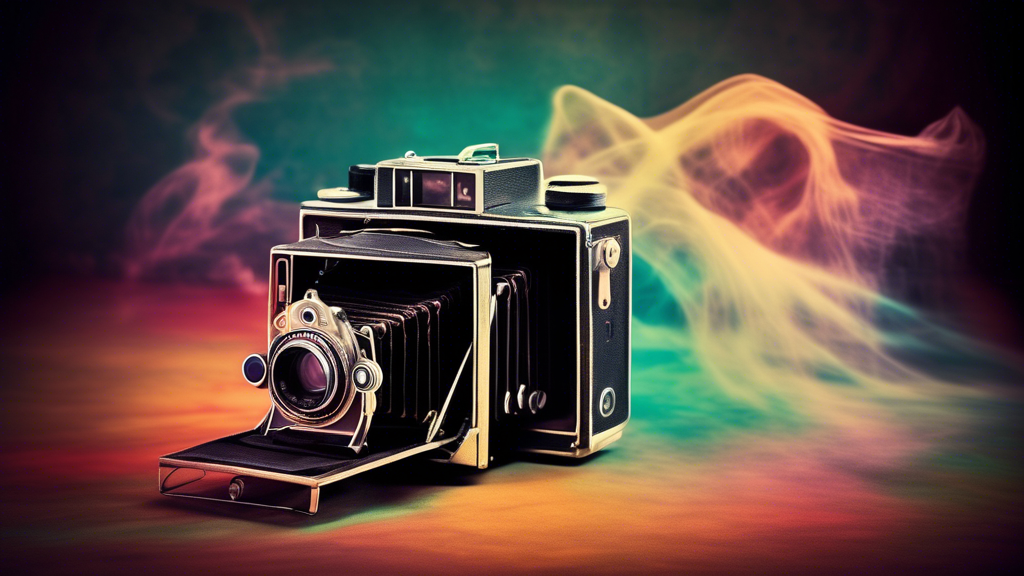
Amateur vs. Professional Photography
In the captivating world of photography, a question often arises: what distinguishes an amateur from a professional? Is it merely the equipment they use, or does it delve deeper into the realms of technical expertise, artistic vision, and business acumen? This article delves into the nuances that set apart amateur and professional photography, exploring the multifaceted aspects that contribute to this intriguing distinction.
Technical Proficiency: Mastering the Craft
One of the most prominent differences lies in the technical mastery of the photographic process. Professional photographers possess an in-depth understanding of exposure, composition, lighting, and post-processing techniques. They have honed their skills through years of experience and education, allowing them to consistently produce high-quality images.
Exposure: Professionals have a firm grasp of the exposure triangle—aperture, shutter speed, and ISO—and know how to balance these elements to achieve the desired exposure. They understand how to use histograms and light meters to ensure accurate exposures, even in challenging lighting conditions.
Composition: Composition is key in creating visually appealing images. Professionals employ compositional guidelines, such as the rule of thirds, leading lines, and negative space, to guide the viewer’s eye and evoke emotions.
Lighting: Light is the essence of photography, and professionals have an exceptional understanding of how to manipulate it. They may use natural light, studio lighting, or a combination of both to create the desired mood and enhance their subjects.
Post-processing: Post-processing is an integral part of professional photography. Professionals use software such as Adobe Lightroom and Photoshop to fine-tune their images, adjusting colors, contrast, sharpness, and removing any imperfections.
Artistic Vision: Beyond Technical Prowess
While technical proficiency is essential, it is only one facet of professional photography. Equally important is the photographer’s artistic vision—their unique perspective and ability to translate ideas into compelling images.
Style and Voice: Professional photographers develop a distinct style and voice that sets their work apart. This style is often influenced by their inspirations, experiences, and the emotions they aim to evoke through their photographs.
Storytelling: Photography is a powerful storytelling medium. Professionals use their skills to craft narratives, capturing moments that evoke emotions, convey messages, and inspire their viewers.
Creativity and Innovation: Professional photographers are constantly pushing creative boundaries and exploring new techniques. They strive to create fresh and innovative work that captivates their audience.
Business Acumen: Building a Sustainable Career
Professional photography extends beyond the realm of artistry; it’s also a business. Professional photographers possess strong business acumen, managing their finances, marketing their services, and building client relationships.
Marketing and Branding: Professionals understand the importance of marketing their services effectively. They create a strong brand identity, build an online presence, and network with potential clients.
Client Communication: Effective communication is crucial in professional photography. Professionals communicate clearly with their clients, understanding their needs, and delivering exceptional customer service.
Financial Management: Running a photography business involves managing finances effectively. Professionals track their income and expenses, set pricing strategies, and invest in their business growth.Equipment and Investment
While equipment doesn’t define a photographer’s skill, professional photographers often invest in high-quality gear to ensure they can deliver exceptional results. This might include:
Cameras and Lenses: Professional-grade cameras and lenses offer superior image quality, versatility, and durability.
Lighting Equipment: Studio lighting, flashes, and modifiers allow professionals to control and shape light for different effects.
Post-processing Software: Professionals invest in industry-standard software like Adobe Creative Cloud to edit and enhance their images.
Continuing Education and Professional Development
The photography industry is constantly evolving, with new technologies and techniques emerging regularly. Professional photographers are committed to continuous learning and professional development. They might:
Attend workshops and conferences: These events provide opportunities to learn from industry experts, network with peers, and stay abreast of industry trends.
Take online courses and tutorials: Online resources offer convenient ways to expand their skillset and learn new techniques.
Experiment and practice: The best way to improve is to continuously experiment, practice their craft, and seek feedback on their work.
Conclusion
The distinction between amateur and professional photography involves a complex interplay of technical expertise, artistic vision, business acumen, and a dedication to continuous learning. While amateur photographers pursue photography for personal enjoyment, professionals have turned their passion into a career, investing time, effort, and resources to deliver exceptional results. Ultimately, it is the combination of these factors that distinguishes the amateur from the seasoned professional in the captivating world of photography.





